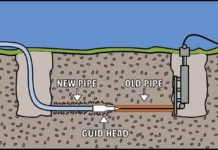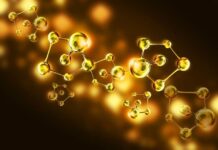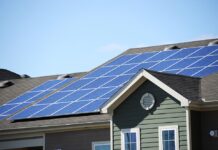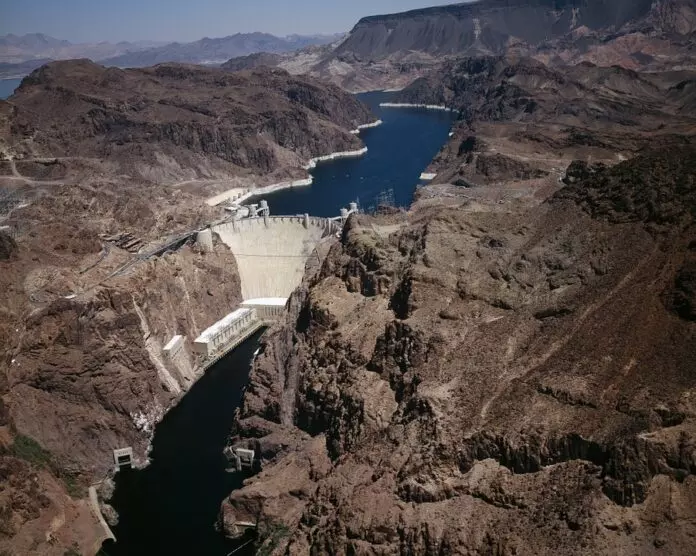
Hydropower is the energy of water. That is the energy obtained from running water or waterfall. Various water mills have been used for this purpose since ancient times. Since the beginning of the 20th century, the term hydropower has been mainly associated with hydroelectric power plants and electricity generation. International institutions see hydropower as a means of economic development.
However, no matter how useful, hydropower has some drawbacks. We will point out some 5 of the basic shortcomings of hydropower plants, but we must not neglect the good and functional aspects of this way of energy production. But, let’s start from the beginning.
Water Energy
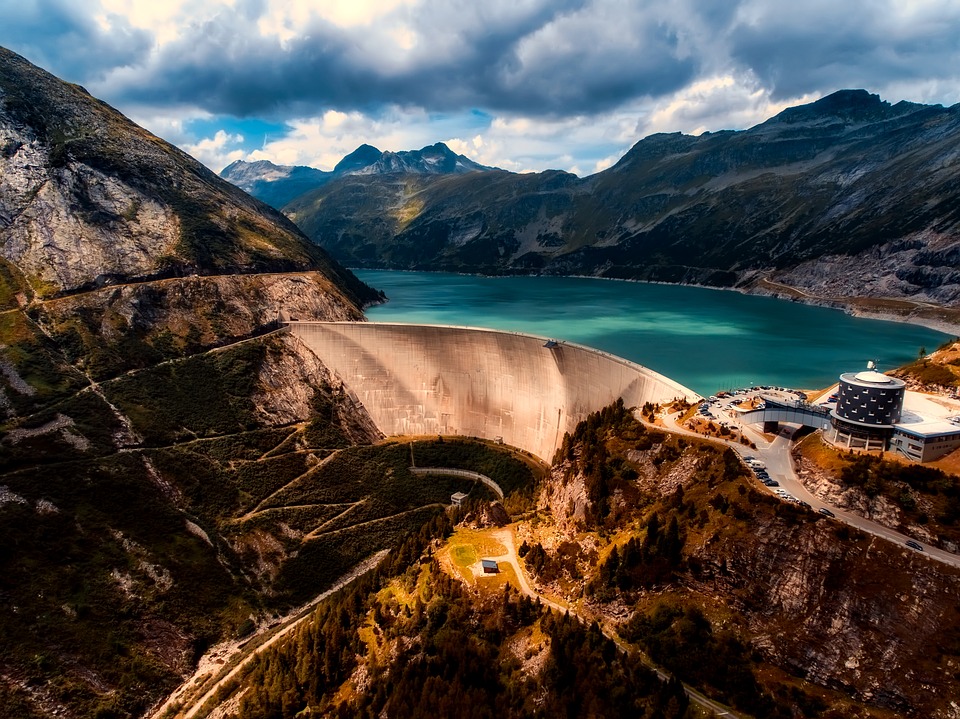
Hydropower is electricity that is generated using the energy of water movement. This energy source is considered renewable due to the water cycle in nature. The energy of the sun evaporates water from the oceans and rivers – and raises it in the form of water steam. When it reaches the colder air in the atmosphere, it condenses and creates clouds.
Moisture eventually falls to the ground like rain or snow – thus renewing water in oceans or rivers. The strength and power of running water are very great. The hydropower potential of watercourses has been an important form of renewable energy for centuries. Some traces of watercourse use can be traced back to ancient Egypt, Persia, and China.
Later Development
Today, hydropower is widespread and mostly used as a renewable energy source. It is estimated that around 20% of the total world-produced electricity – is made in hydroelectric power plants.
The price of hydropower is relatively low – which makes it an affordable source of renewable energy. Hydropower is also a very flexible source of electricity – as the amount of energy produced can be rapidly reduced or increased depending on needs.
Electricity Production From Water
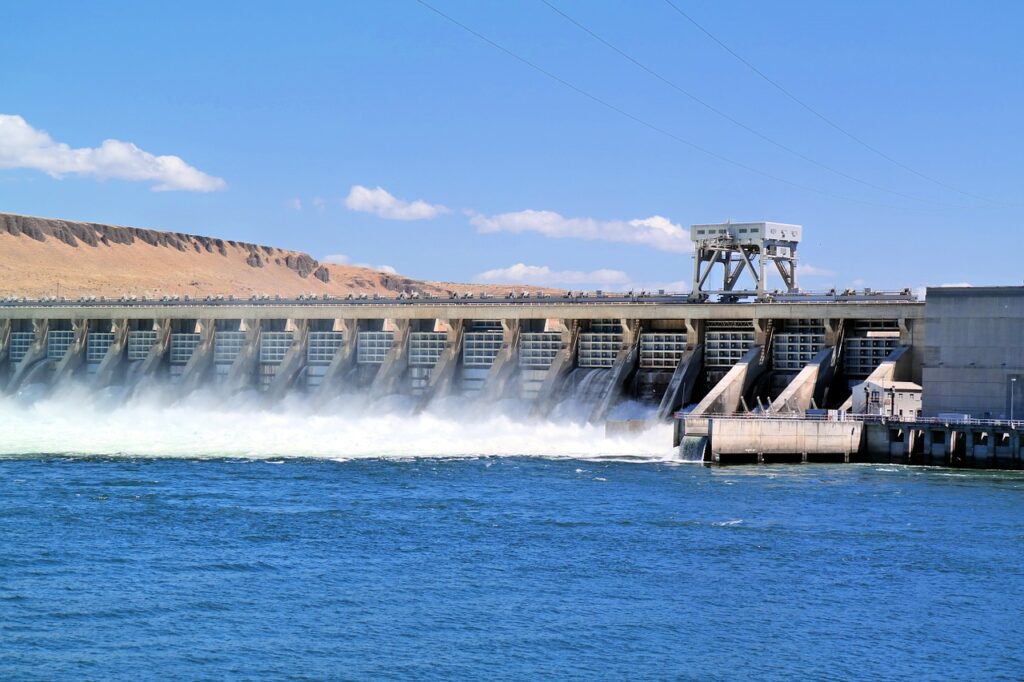
How can electricity be generated by using water? Very simple. This happens with the help of water movement speed and water power. Remember Niagara – when water travels downhill, it picks up strength and speed.
To use this power, dams are made in places where the altitude of the water drop is higher. It may remind you of a pool slide where gravity water pulls downhill – and accelerates as you get closer to the bottom of the slide. All this energy that accumulates creates electricity inside a generator that is connected to power lines that carry electricity to households.
Comparison Of Hydropower With Other Energy Forms
Hydropower eliminates CO2 pollution from fossil fuels, as well as other air pollution. Compared to nuclear energy, this type of power doesn’t produce nuclear waste. According to clean-energy-ideas.com, compared to wind, this is a more predictable energy source. If for example, a hydro-plant has a tank – it can produce electricity whenever needed.
Hydropower plants can easily increase or decrease electricity production. However, as with other energy sources – we can see both good and bad sides. So what are the disadvantages of Hydroelectric Energy – let’s take a look.
Disadvantages Of Hydropower
1. Influence On The Environment
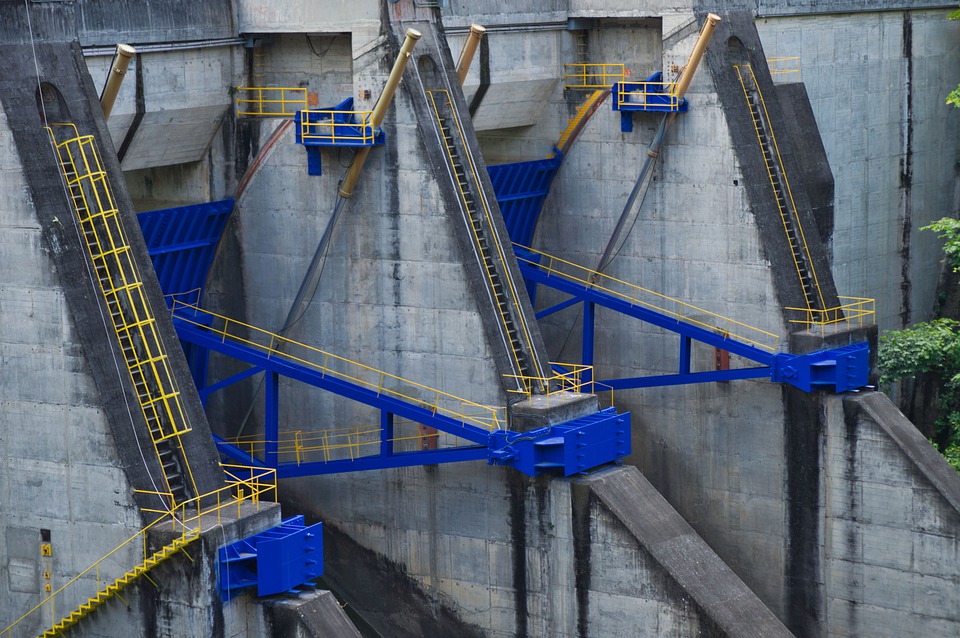
When we talk about hydropower plants, we can’t ignore the ecological consequences that are closely related to human impact on nature. Namely, each hydropower plant implies certain changes in nature – regardless of whether it is a changed watercourse or construction of transmission lines and roads.
There is also a complex relationship between human and biological elements – that affects wildlife in rivers, lakes, and seas. Namely, when we talk about ecological principles, it must be emphasized that ecosystems, especially water – are influenced by things like water level, river flow speed, or access to food, and the possibility of shelter for fish that live there. Fish habitats have also been formed based on some of these parameters. Everything we do in terms of changing the fish ecosystem could be disastrous for certain fish species.
2. Hydroelectric Power Plant Displaces Human Habitats As Well
This achievement makes many things easier for us, but it undoubtedly also affects the quality of life. Habitats sometimes have to be displaced due to the construction of hydropower plants, and we do not mean only animal habitats, but also human settlements. It is not uncommon for people to have to move elsewhere as a result of such changes, even though they have lived in an area throughout their lives.
Although their relocation is compensated, there is something that cannot be compensated, and that is the way of life. By moving to another place, many people feel that they are at a great loss that nothing can compensate for. And indeed, many cities and towns have been almost wiped off the map in this way. They remained to exist only as a point on the hydrological map.
3. Construction Conditions Are Limited
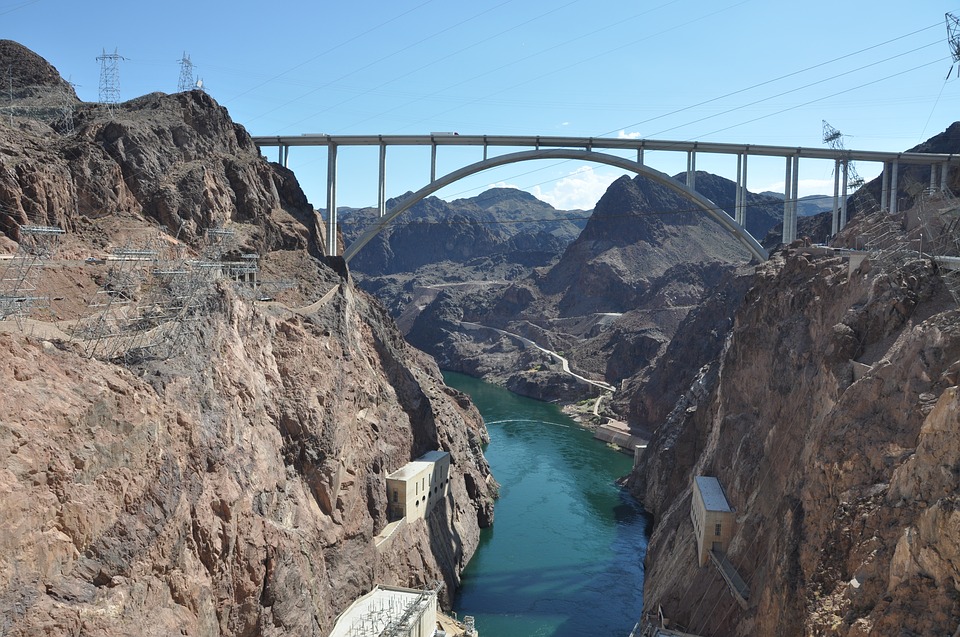
While this is a sustainable way of producing energy, it does not mean that there are no limits. Let’s keep in mind the construction of dams – because it is very often a limiting factor. Namely, the embankment cannot be built at any location. Most suitable sites are already well used for this purpose. Therefore, it is important to note that the location where the hydropower plant is being built can support this – and be sustainable both economically and environmentally.
4. Expensive Dam Construction
This is one of the biggest disadvantages when it comes to building a hydropower plant. The biggest cost in construction is the construction of the dam – because its construction takes a lot of time. However, this doesn’t mean that the construction of every dam is an enormously expensive mission.
Some of them can be built within two to five years – while some larger took much more time for construction. Consequently, the costs increase. Certainly, excessive construction deadlines significantly increase costs – so in the future, more attention must be paid to these things.
5. Dry Seasons – High Risk For Hydropower Plants
When we talk about the shortcomings of hydroelectric power plants – we must say that they largely depend on the amount of water. And what if there is a dry season? Then certain problems arise. Low water level greatly affects the production of electricity and therefore poses the greatest risk to hydropower plants and their smooth operation.

